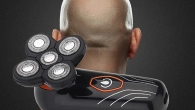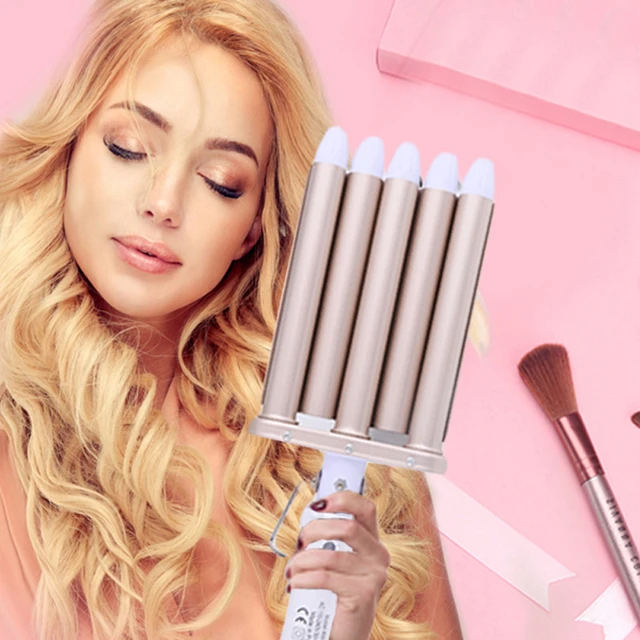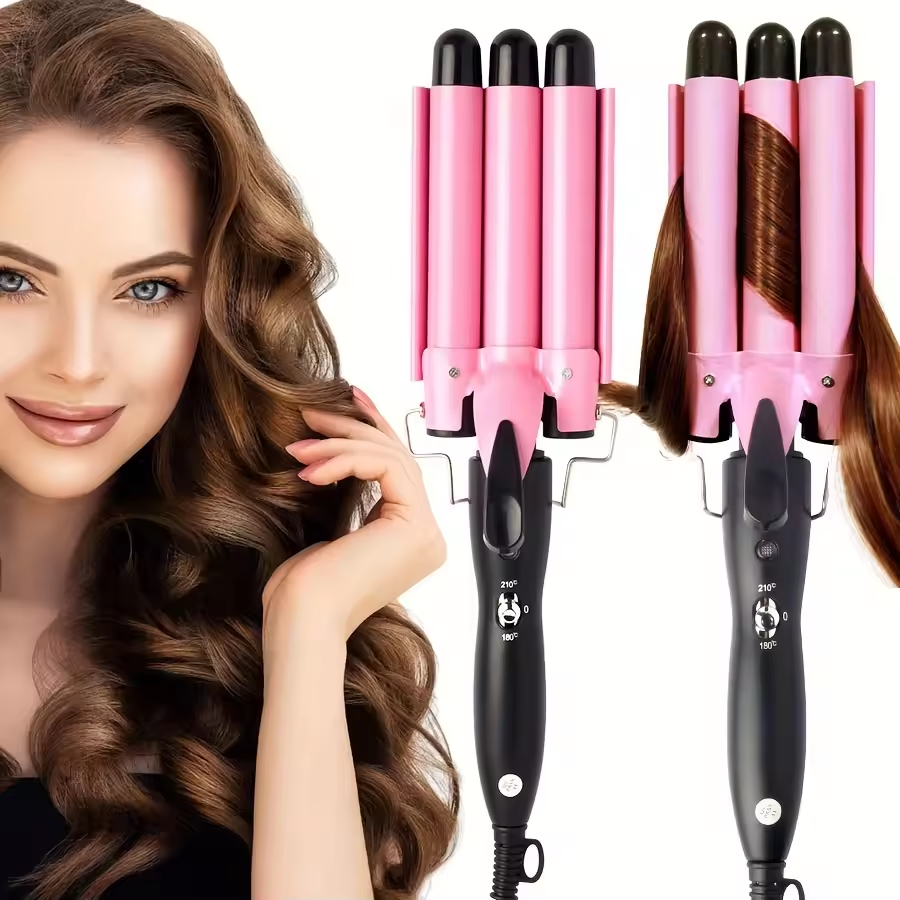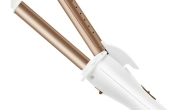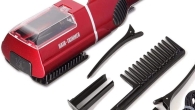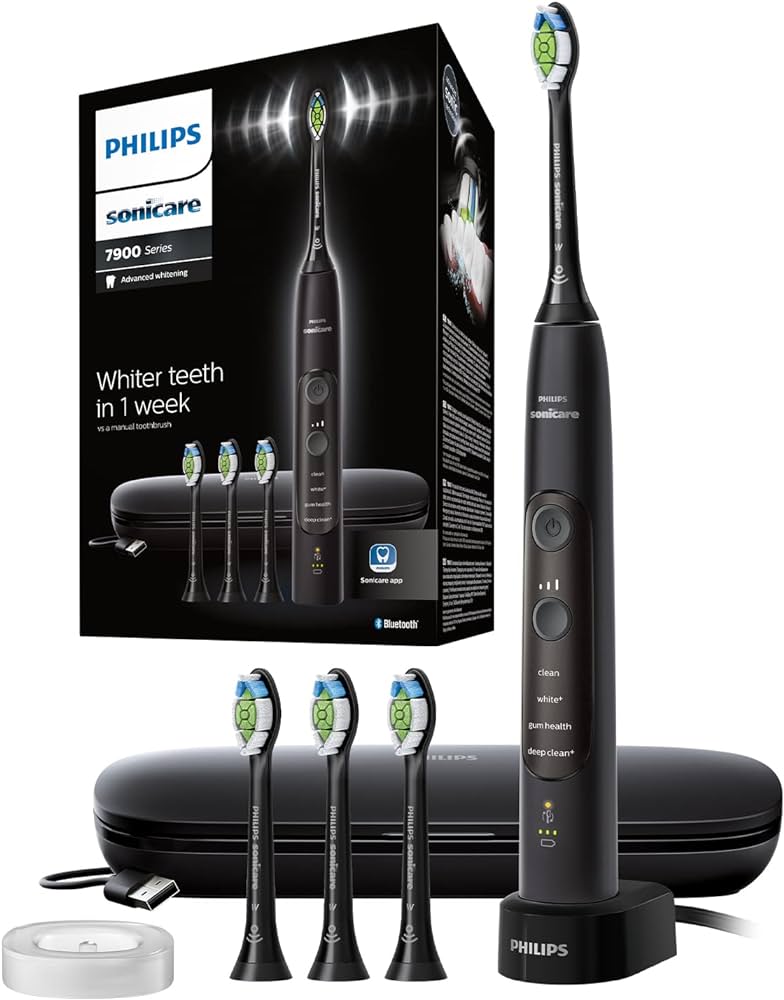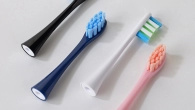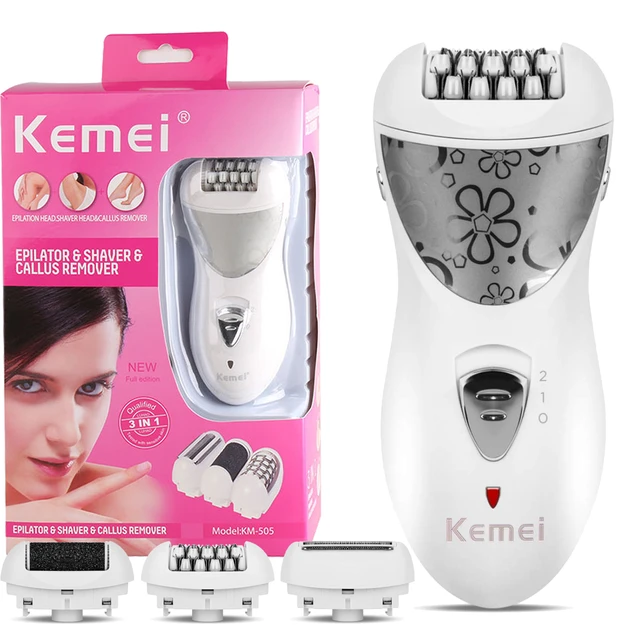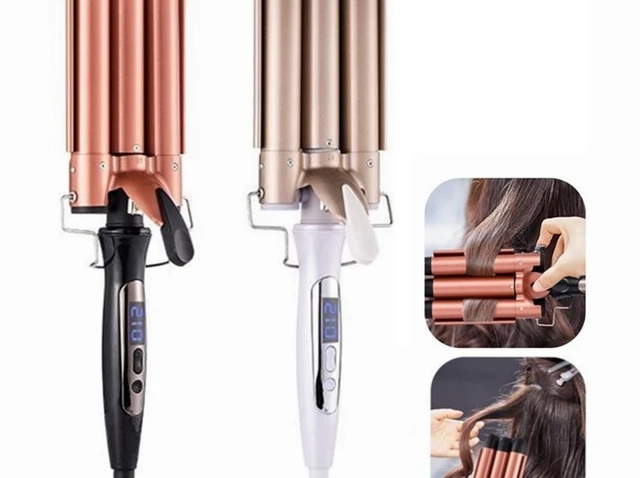
Achieving the Perfect Temperature: For Curling Iron Heat Settings
Introduction: Understanding Curling Iron Heat
One of the most important aspects of using a curling iron effectively and safely is setting the appropriate temperature. The heat directly impacts the outcome of your curls, as well as the health of your hair. In this comprehensive guide, we will explore the factors that determine the ideal curling iron temperature and provide guidelines to help you make informed decisions when selecting the heat setting. By understanding these factors and implementing proper temperature control, you can achieve beautiful curls while minimizing the risk of heat damage to your hair.
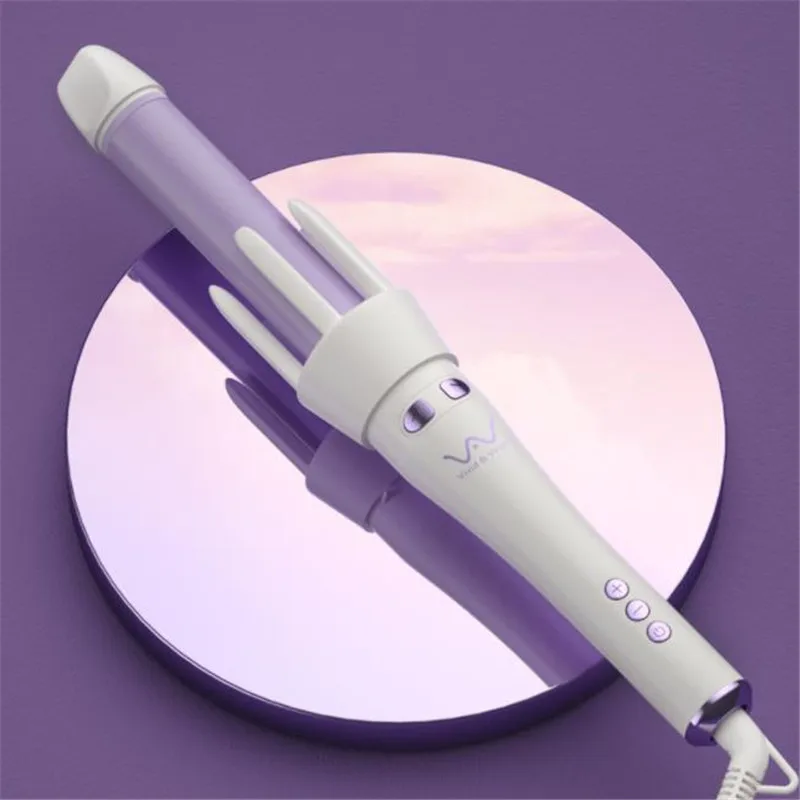
Achieving the Perfect Temperature: Guidelines for Curling Iron Heat Settings
-
Evaluating Hair Type and Condition
a. Fine or delicate hair: If you have fine or delicate hair, it is generally more susceptible to heat damage. Lower heat settings, ranging from 250°F to 300°F, are typically suitable for this hair type. Start with the lowest setting and gradually increase if necessary, keeping in mind that even moderate temperatures can style fine hair effectively.
b. Normal or medium-textured hair: Normal or medium-textured hair can handle slightly higher temperatures. A range of 300°F to 350°F is generally appropriate. However, it is still advisable to start with a lower heat setting and assess the hair’s response before increasing the temperature.
c. Coarse or thick hair: Coarse or thick hair requires higher heat to effectively style and shape the curls. Heat settings of 350°F to 400°F are often necessary. However, it is crucial to monitor the hair’s response and avoid excessive heat exposure, as prolonged use can lead to damage.
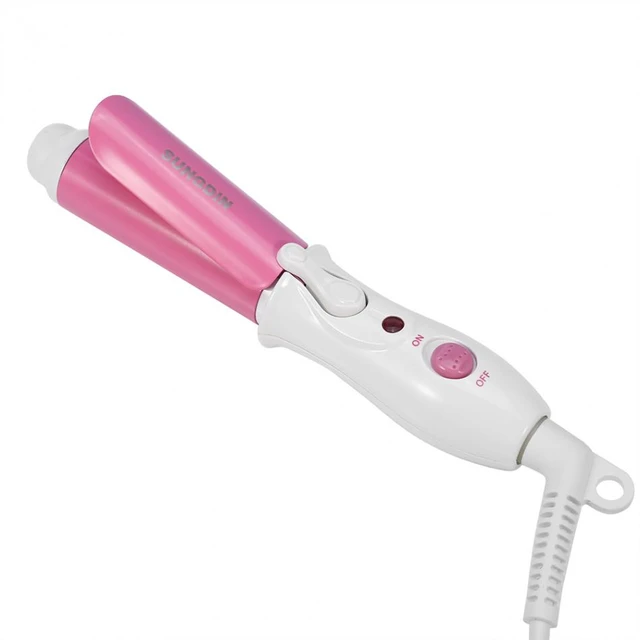
-
Considering Heat Tolerance and Sensitivity
a. Personal heat tolerance: Everyone’s heat tolerance is different, and what works for one person may be too hot or too cool for another. Take into account your personal heat sensitivity and how your hair responds to different temperatures. Experimenting and finding the ideal heat setting for your hair may require some trial and error.
b. Sensitivity to heat damage: If your hair is already damaged, chemically treated, or prone to breakage, it is essential to be cautious with the heat setting. Opt for lower temperatures and consider using heat protectant products to minimize further damage.
-
Understanding Curling Iron Heat Settings
a. Adjustable temperature settings: Many curling irons come with adjustable temperature settings, providing you with more control over the level of heat. Look for a curling iron that allows you to select a specific temperature rather than having only preset heat levels.
b. Gradual temperature increments: When adjusting the temperature on a curling iron, it is crucial to make small, gradual adjustments. Increasing or decreasing the temperature by no more than 10°F at a time allows you to fine-tune the heat setting and avoid sudden or drastic changes.
c. Delayed temperature adjustment: Keep in mind that it takes time for the curling iron to reach the desired temperature. If you find that you need to adjust the heat setting, wait until the iron cools down before readjusting. It is not advisable to manipulate the settings while the curling iron is still hot.
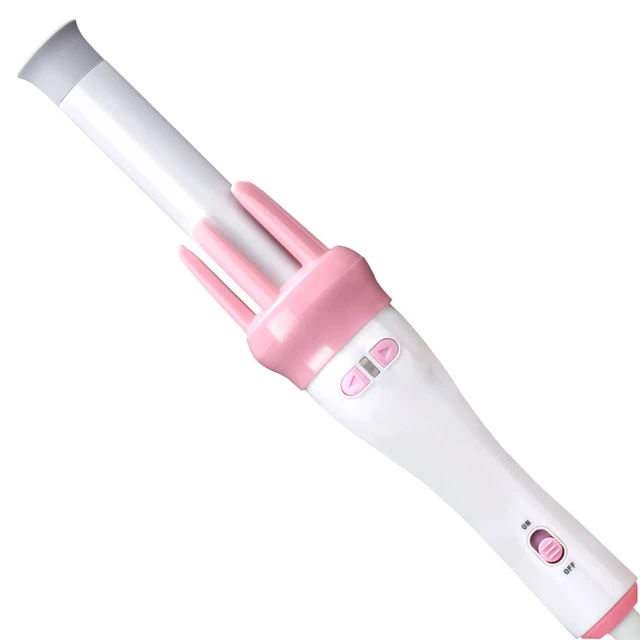
-
Additional Factors Influencing Heat Requirements
a. Ambient conditions: The environmental temperature and humidity can affect the heat requirements for curling. In higher humidity or hotter climates, you may need to lower the temperature to compensate for the external conditions. Similarly, in colder environments, you may find that slightly higher temperatures are needed to achieve the desired results.
b. Curl size and hold: The size and tightness of the curls you wish to achieve also impact the heat setting. Smaller, tighter curls generally require higher temperatures to hold their shape, while larger, looser curls may require lower temperatures.
c. Heat distribution and curling iron quality: The quality of your curling iron affects its heat distribution capabilities. Higher-quality irons with advanced heating technology provide more consistent heat and minimize any potential hot spots. Invest in a reputable brand or model to ensure accurate and uniform heat throughout the barrel.
-
Prioritizing Hair Health and Safety
a. Heat protectant products: Regardless of the temperature setting, it is essential to protect your hair from heat damage. Before using a curling iron, apply a heat protectant spray or serum. These products create a barrier between your hair and the heat, reducing the risk of damage.
b. Limiting exposure: Minimize direct heat exposure to your hair by limiting the time the curling iron is in contact with your hair strands. Avoid excessive passes or holding the iron in one place for too long. Quick, controlled movements reduce the risk of heat damage.
c. Monitoring signs of damage: Regularly inspect your hair for signs of heat damage, such as split ends, dryness, or brittleness. If you notice these indicators, lower the heat setting, reduce the frequency of heat styling, and introduce deep conditioning treatments to restore moisture and repair damaged strands.
d. Heatless styling alternatives: Embrace heatless styling methods, such as foam rollers, overnight braids, or air-drying techniques, to reduce the reliance on high heat. These alternatives allow you to achieve curls without subjecting your hair to excessive heat.
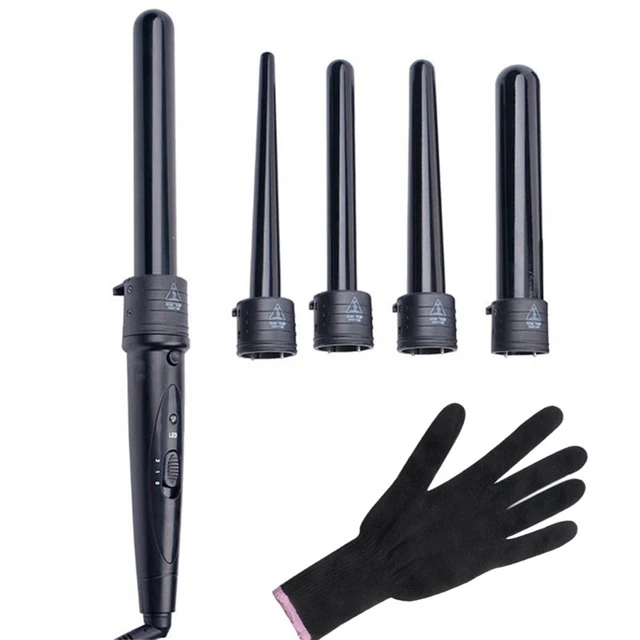
-
Seek Professional Advice
a. Hair stylist consultation: If you are unsure about the ideal temperature setting for your hair type or have specific concerns, consider consulting a professional hairstylist. They can assess your hair condition, provide personalized recommendations, and demonstrate the best curling techniques to achieve your desired results.
b. Hair analysis: A professional hair analysis can also help determine the appropriate temperature for your curls. Experts can assess the porosity, thickness, and overall health of your hair to guide you towards the most suitable heat setting for styling.
-
Adjusting for Different Curling Techniques
a. Loose waves or beachy curls: If you aim to create loose waves or beachy curls, lower heat settings are often sufficient. Temperatures between 250°F and 350°F should be appropriate, depending on your hair type. Experiment with different temperatures to achieve your desired level of curl definition and hold.
b. Tighter curls or ringlets: To create tighter curls or ringlets, you may need slightly higher temperatures. Within the range of 300°F to 400°F, adjust the temperature based on your hair’s thickness and texture. Monitor how your hair responds to the heat and make adjustments accordingly.
c. Different sections of hair: Keep in mind that different sections of your hair may require different heat settings. For example, if you have fine hair with a coarser, more resistant section, you may need to increase the temperature slightly when working on that particular area. Adapt the heat setting accordingly to ensure consistent results throughout your hairstyle.
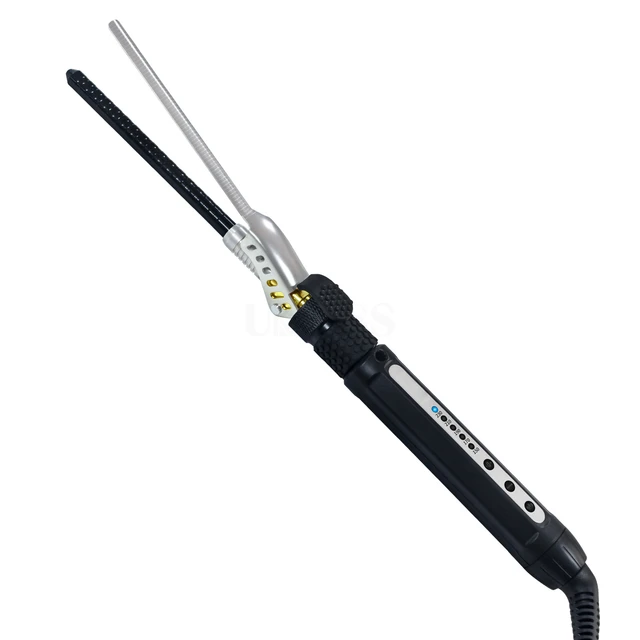
Conclusion: Unleashing the Perfect Curling Iron Temperature
Choosing the appropriate curling iron temperature is vital for achieving beautiful curls while protecting your hair from heat damage. By considering factors such as hair type and condition, heat sensitivity, adjustable settings, ambient conditions, and prioritizing hair health, you can determine the ideal heat setting for your specific needs. Remember to monitor your hair’s response, employ heat protectant products, and practice safe heat styling techniques to maintain hair health and minimize the risk of damage.
Experiment with different temperatures, start with lower settings, and gradually increase if necessary until you find the perfect balance that yields beautiful, long-lasting curls without compromising hair health. With proper understanding and control over the curling iron temperature, you can confidently style your hair while nurturing its overall wellbeing.




